7 Minutes
Subaru's 2026 Outback can detect fatigue, change lanes and pull over
Subaru's all-new 2026 Outback arrives with a boxier, more SUV-like silhouette—and a significant tech upgrade that goes beyond styling. The headline: this Outback can monitor driver fatigue, execute lane changes, keep itself centered at highway speeds and, in emergency situations, safely pull over on its own. Those capabilities come from a major refresh of Subaru's EyeSight driver-assist suite, a next-generation infotainment platform, and an upgraded DriverFocus system.

What’s new inside: bigger screens and faster processing
The center of the cabin is dominated by a 12.1-inch high-resolution Multimedia System. Subaru says the new screen is brighter, uses anti-glare treatments that reduce external reflections by roughly 80%, and offers a smoother, faster user experience. Under the hood of the interface sits the Qualcomm Snapdragon 8 Automotive processor with an octa-core architecture and an Adreno GPU to handle demanding graphics, voice recognition and image processing. Connectivity includes Wi-Fi 5 and Bluetooth 5.2.
Memory and storage have been doubled from the prior generation—now 8 GB of RAM and 128 GB of storage—bringing claimed gains of up to 2.5x faster system processing. Real-world improvements Subaru highlights include three-times faster map swiping, up to six-times quicker audio screen transitions, and twice the scrolling responsiveness. The maps receive continuous updates, so navigation remains current.
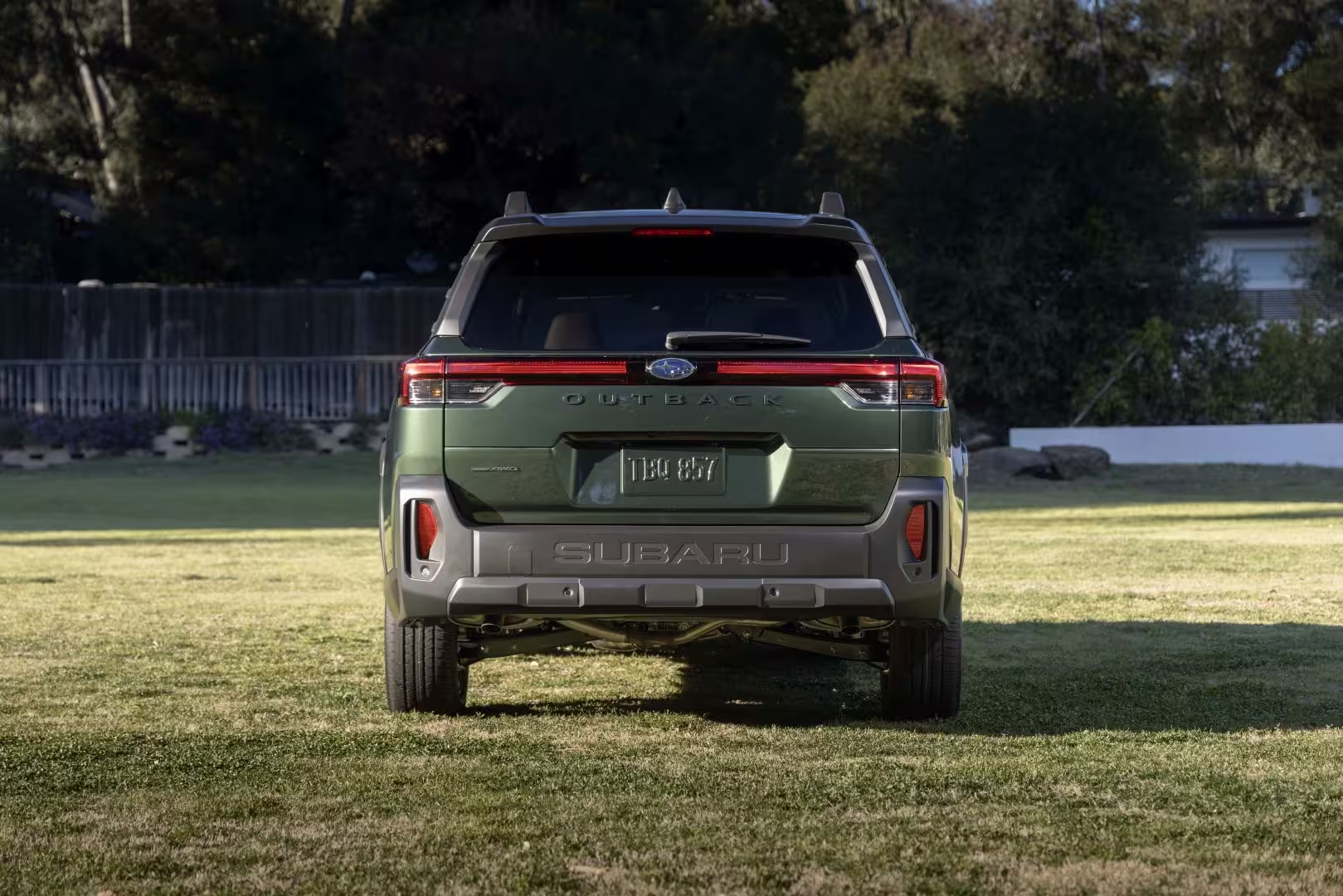
Subaru didn’t ditch tactile controls entirely: essential functions like climate, drive mode and quick-seat adjustments retain physical buttons and dials while deeper personalization lives in the touchscreen. Complementing the main screen is a 12.3-inch digital instrument cluster that drivers can configure to show navigation, safety alerts, or performance readouts. Adaptive cruise control integrates with the cluster for clear status indications.
Advanced safety: EyeSight, DriverFocus and hands-free highway driving
Safety is the central theme of this update. The 2026 Outback debuts an upgraded EyeSight Driver Assist Technology that uses GPS, 3D high-definition maps, millimeter-wave radar and cameras to deliver a more capable driver-assist ecosystem.
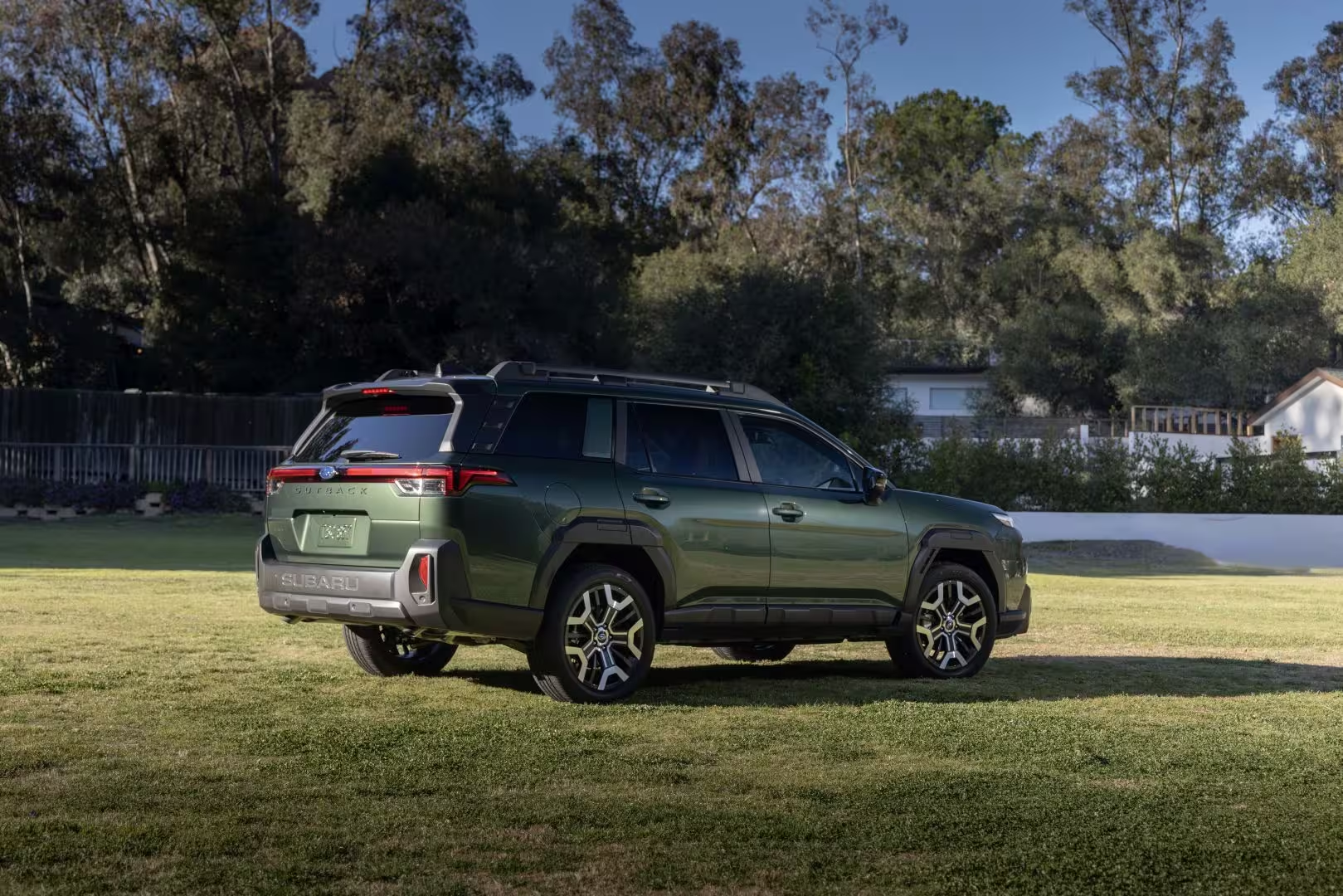
Key safety components:
- Second-generation DriverFocus driver-monitoring system with a wider-angle, higher-resolution camera and infrared LEDs. It reads eye-gaze through most eyewear and detects drowsiness or distraction.
- Acceleration override assist and front/side assist with active braking to better position the vehicle and reduce collision risk.
- Emergency Stop Assist with Lane Selection: if a driver becomes unresponsive while adaptive cruise control is active, the system escalates alerts and, if ignored, slows the vehicle and finds a safe place to stop.
The new Highway Hands-Free Assist maintains engagement on multi-lane highways at speeds up to 85 mph. Above about 50 mph the Outback can hold a centered lane and, when safe, initiate lane changes automatically. Drivers receive a helpful adjacent-lane "ghost" display in the gauge cluster to confirm a safe lane change before the car steers itself.
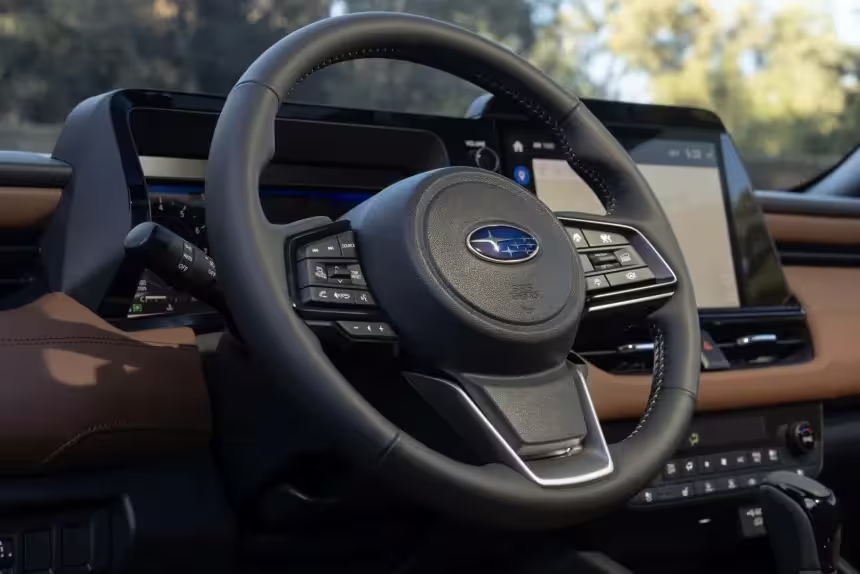
Important caveat: Subaru requires drivers to keep their eyes on the road and hands on the wheel. That said, EyeSight Highway Hands-Free Assist on Touring and Touring XT trims allows temporary hands-off driving when advanced adaptive cruise control is active. If the system detects the driver is unresponsive, it will use visual, audio and haptic alerts (plus pulse braking) and then execute a safe stop routine. Hazard lights activate, doors unlock and the vehicle can contact emergency services if needed.
Driver profiles, convenience and fatigue mitigation
The Outback can remember seat, mirror and climate settings for up to five drivers. Subaru also introduced pre-curve speed control, which anticipates upcoming turns and adjusts speed to reduce unnecessary braking. When the system is active, a green or blue indicator appears in the cluster; orange signals it is off.
To reduce fatigue in stop-and-go traffic, Subaru improved the Outback’s restart capability so it can resume driving from a full stop within traffic hold for up to 30 seconds—useful in congested commutes.

Design, market positioning and why it matters
The new Outback keeps the model’s identity as a capable, all-weather, adventure-ready wagon but leans harder into SUV cues with a boxier stance and rugged visual touches. That design, combined with Subaru’s symmetrical all-wheel-drive heritage, positions the Outback for buyers who want more utility than a sedan but prefer a lower roofline and car-like driving dynamics compared with many mainstream crossovers.
Compared with rival compact SUVs such as the Toyota RAV4 or Honda CR-V, the Outback aims to differentiate via standard AWD capability, off-road-friendly chassis tuning and now advanced driver assistance tech that fewer competitors offer at the same price band. The refreshed cabin tech also helps Subaru appeal to customers who expect modern infotainment and connected-car features without sacrificing simple physical controls.
Highlights at a glance
- 12.1-inch high-res multimedia screen with Snapdragon 8 Automotive chipset
- 12.3-inch customizable digital instrument cluster
- DriverFocus 2nd-gen with infrared eye-tracking
- EyeSight Advanced suite: Highway Hands-Free Assist, Emergency Stop Assist with Lane Selection
- Pre-curve speed control and stop-and-restart for traffic holds up to 30 seconds
- Wi-Fi 5, Bluetooth 5.2, 8 GB RAM and 128 GB storage
- Starting price: $34,995 (U.S.)
"This generation of Outback blends rugged capability with thoughtful tech," says a Subaru representative. "Our focus was making driving safer and less fatiguing while keeping the cabin intuitive." That balance—physical controls plus a faster, smarter infotainment stack—should appeal to a broad set of buyers.
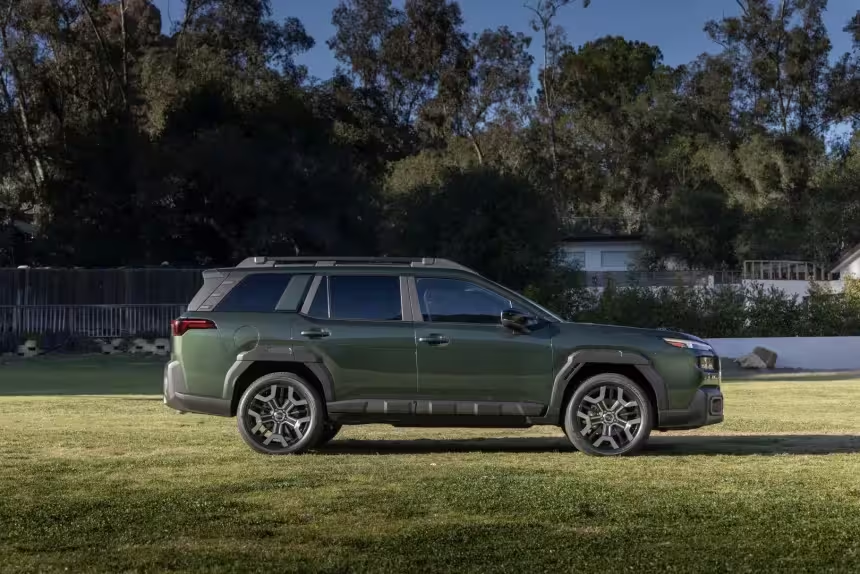
Who should consider the 2026 Outback?
Buyers who want a versatile vehicle for family life, weekend adventures and long highway miles will find the 2026 Outback compelling. The upgraded EyeSight and DriverFocus systems make it especially attractive for those who prioritize active safety: commuters facing long drives, families who want extra collision-mitigation technology, and tech-minded buyers who value modern infotainment performance.
If you regularly drive on multi-lane highways, the new Highway Hands-Free Assist and automatic lane change capability are notable. For buyers focused strictly on EV or plug-in hybrid technology, the Outback’s strengths lie more in AWD utility and safety tech than electrified powertrains—though Subaru’s roadmap may evolve.
Bottom line
The 2026 Subaru Outback is more than a styling refresh. It’s a meaningful evolution in in-cabin tech and safety: faster infotainment hardware, smarter driver monitoring and an EyeSight platform that can manage lane changes, detect driver fatigue and perform an emergency stop and safe pull-over autonomously. With a starting price in the mid-$30,000s and a clear emphasis on safety and practicality, the new Outback aims to keep Subaru competitive among family-friendly crossovers and adventure wagons.
Source: autoevolution
Comments
v8rider
Wow, Subaru finally went full tech, actually useful features: lane changes, fatigue detection. Hope hands-free isn't an excuse to zone out though, ppl will test limits

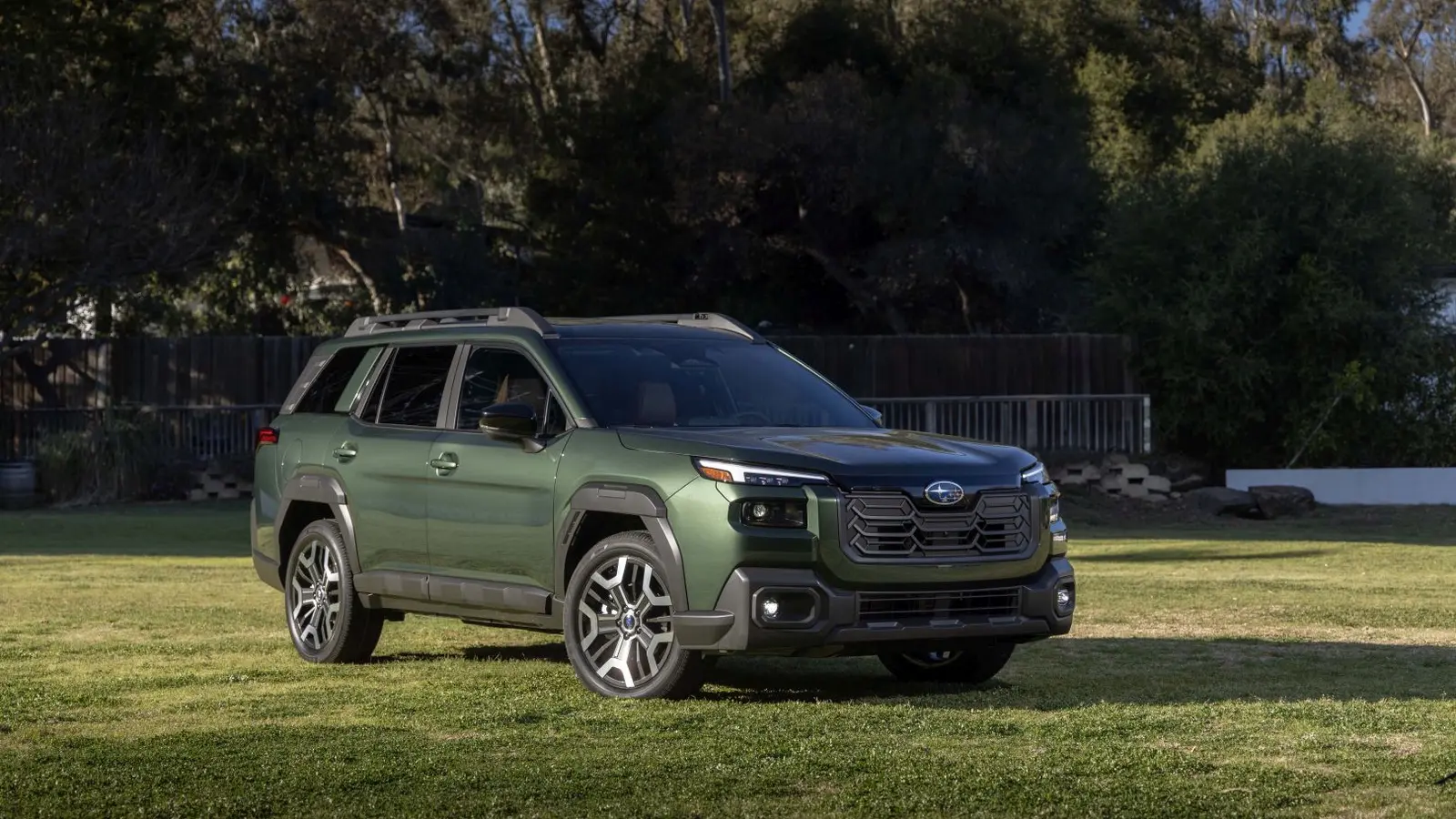
Leave a Comment